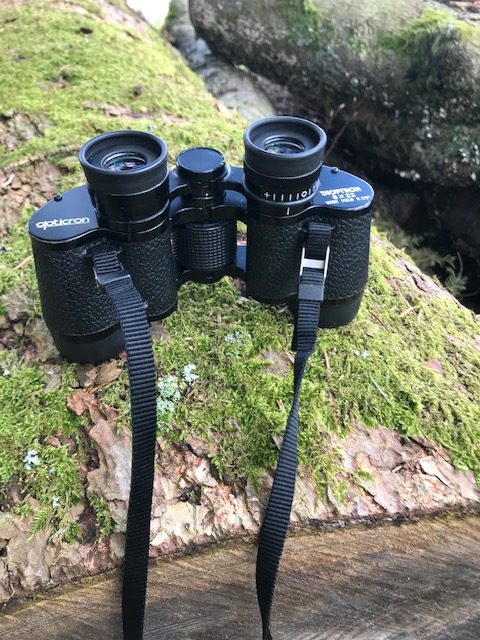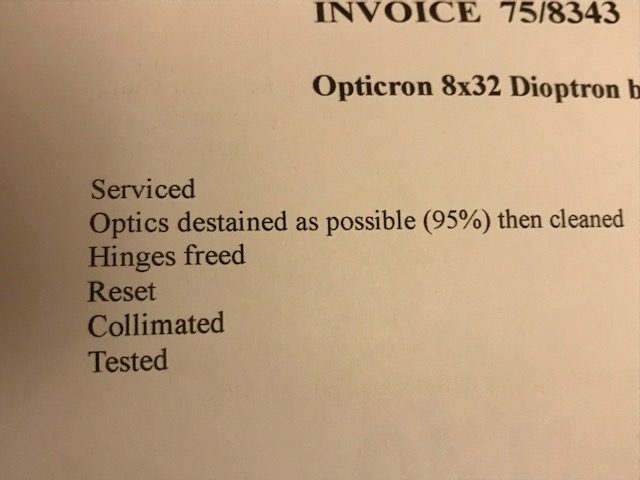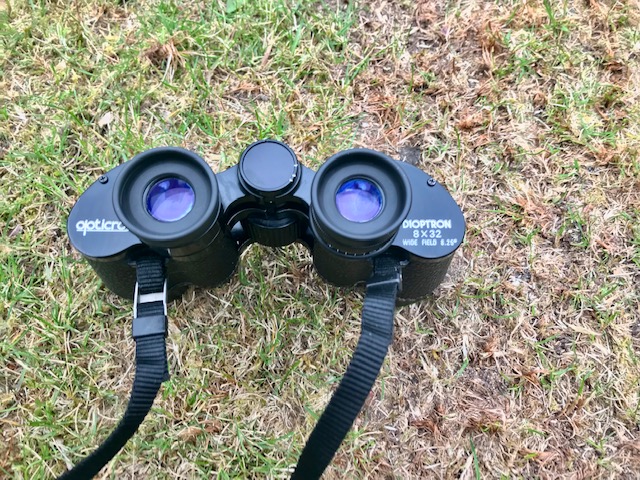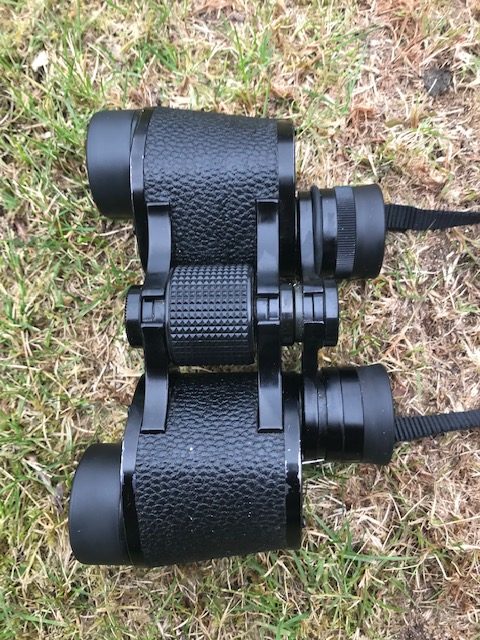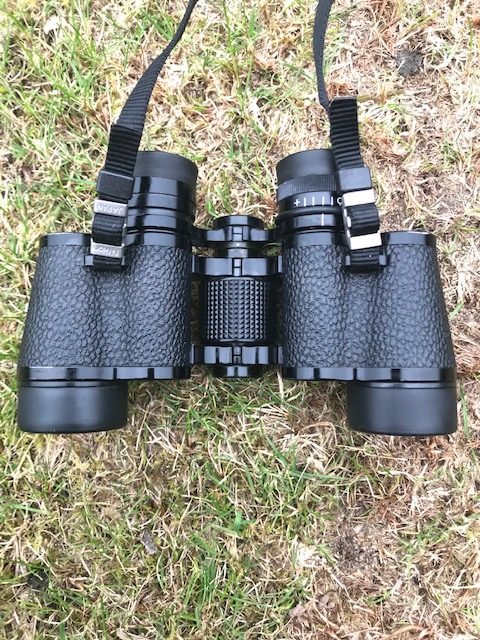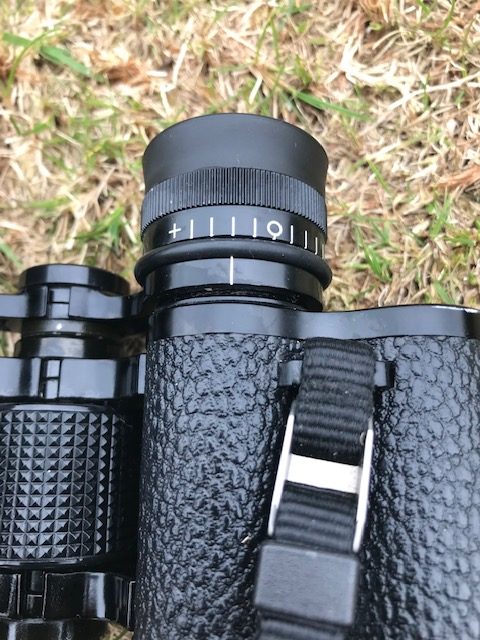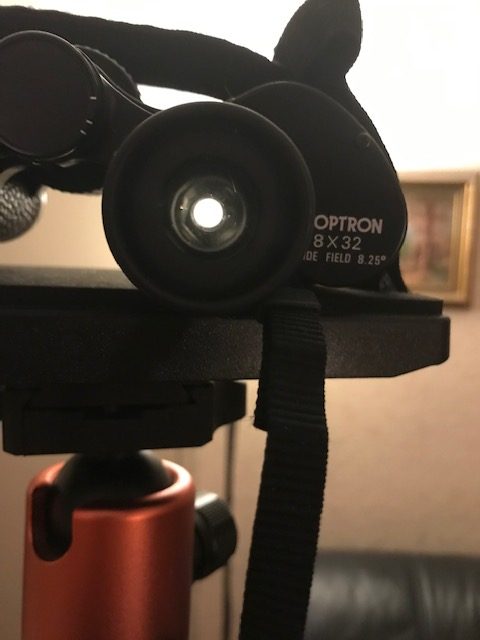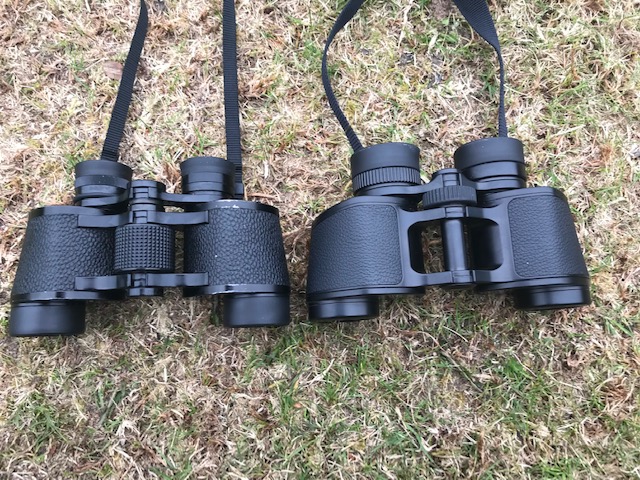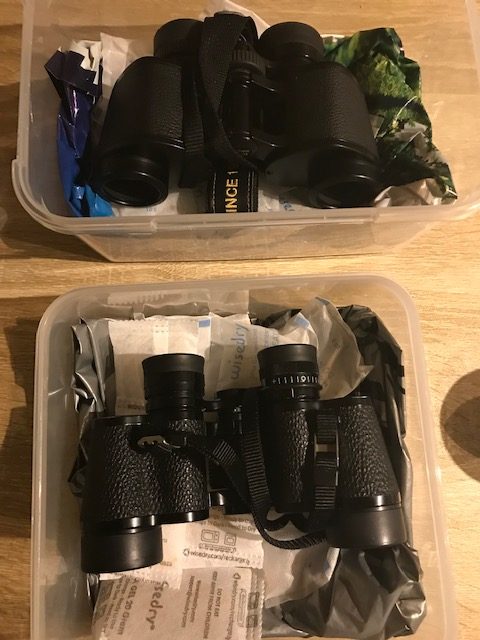
A Work Commenced July 22 2024
Modern technology is a wonderful thing. But sometimes it’s good to take a step back from modernity to enjoy life in a slower lane. 21st century cars, for example, are packed full of state-of-the art innovations but who wouldn’t relish the opportunity to take a spin in a fine, open-top classic car with the wind flowing through your hair, soaking up the scenery along a winding country road? Well, just like classic cars, classic binoculars can also evoke such feelings.
Of all the binocular genres available today, it is the 8 x 30 Porro I that remains the most iconic, combining optical excellence within a small and lightweight chassis. They’re all over Hollywood- the old, non-woke one at least. You’ll see these in old James Bond and World War II movies. They even made an appearance on an Indiana Jones film. Back in the day, all the great European and Japanese binocular manufacturers including Zeiss, Swarovski, Nikon and Leica produced their own renditions of these instruments. The first big company to discontinue the 8 x 30 Porro binocular was Leica, or rather E Leitz, Wetzlar, Germany, which manufactured their Binuxit 8 x 30 continuously from 1927 until 1962. Zeiss followed suit in the early 1990s with only Swarovski Optik now keeping these traditional instruments in continuous production as of the time of writing. Thankfully, companies like Nikon, Kowa and Opticron still offer economically priced but excellent compact Porros to fill the market gap.
The Binuxit 8 x 30 was a highly regarded instrument, prized by birders, naturalists and outdoor explorers for its robust design and optical excellence. For a few years now I’ve cultivated a solid curiosity for these instruments. How would they hold up today? Were the optics as sharp as some veteran birders had made out? A few would show up on Fleabay but more often than not there were significant cosmetic issues – the leatherette armouring had worn off, or the metal tubes had sustained dings, while others had been infested with fungus, and what not. One day a Binuxit came up for sale in what appeared to be excellent condition – at least from first appearance. The asking price was higher than usual too – about £250! Maybe it was time to make my move. So I bit the bullet and bought the instrument.
Upon arrival, everything looked good. The leatherette was well preserved, with no significant deterioration after all these years. Judging by the serial number this was a more recent model; most likely dating to the late 1950s. The central focus wheel had not frozen up but was very smooth and responsive. The black bakelite eyecups were also in tip top condition and finally, the right eye diopter ring was rotating smoothly with a fair amount of resistance.

The instrument also came with its original sandpaper-brown leather case with its original leather carrying straps.

First handling the instrument was a real pleasure. This instrument was probably pushing 70 years of age but it was in quite remarkable condition as the following photos attest.


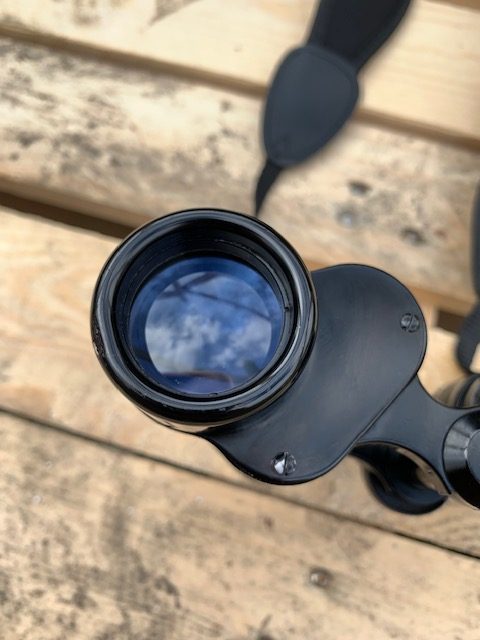
Well preserved coatings on the objectives.


The one sign of deterioration was seen on the focus wheel, where some of the original paintwork had worn off.The central hinge was still nice and stiff, enabling the user to accurately adjust it for their particular IPD. The focus wheel was still super smooth, wobble free and accurate too. Remarkable! The only synthetic material I could find on the instrument was the shiny black bakelite eye caps – perhaps a symbol of the spirit of the age – in excellent condition. The seller claimed that this sample was probably as good as one could reasonably expect given its great age, and I can only agree.
Very impressive!
Servicing
When I examined the interior of the glass, I was relieved to see it was quite clean with only a thin layer of haze having built up on the prisms. And when I looked through the glass I was very pleased with what I saw: and not at all what I expected. Nonetheless, I felt it could do with a professional service, so I gave Tony Kay of OptRep a call to see if he was willing to take on the job. He agreed and so off it went down to the south coast of England. After my return from Italy in mid-July, I noticed a small box had been delivered just a few weeks after I dispatched it. I had the Binuxit back, all cleaned up, finely-tuned and ready to go! Having had several instruments serviced by OptRep, I have no hesitation in recommending them. As usual, it was quick, thoroughly executed and reasonably priced. On the accompanying invoice I got a breakdown of the scheme of work:
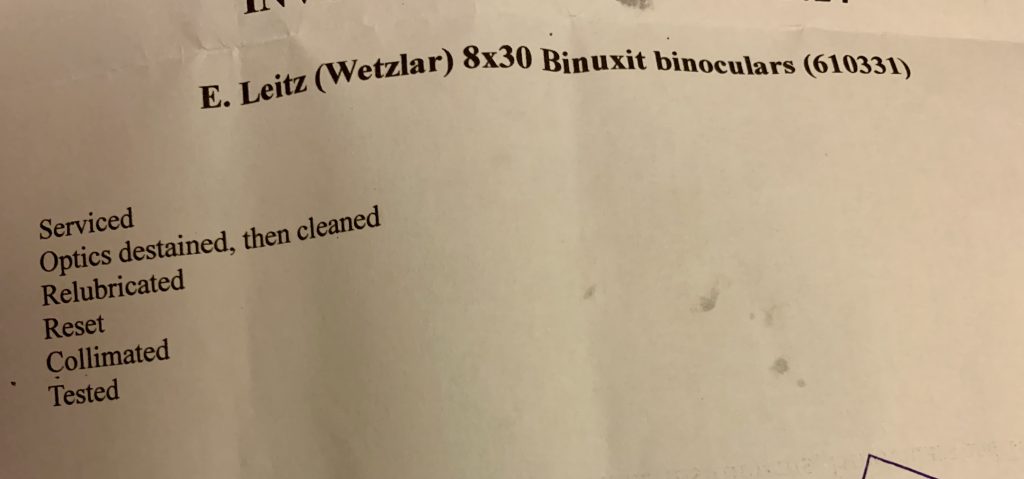
Optics

Shining a bright light through the objectives showed very unexpected results. I anticipated very prominent internal reflections but it was not the case! Yes there were a few seen but they were quite subdued. There was however a significant amount of diffused light around the light source.
Examining the exit pupils aimed at a bright daytime sky(see above) revealed super nice results: no truncation and no light leaks around them. This is perfectly in keeping with modern Leica binoculars,which show great attention to detail with internal blackening and baffling.
So what is the view like? In a phrase: excellent but dim! Central sharpness is right up there with the best modern 8 x 30s. It’s got quite a wide sweet spot, with only the last 20 percent of its 8.5 degree field showing the classical off-axis aberrations, including field curvature and astigmatism. Pincushion distortion is modest off axis. Colour tone is quite neutral, which again came as a surprise to me, as I expected it to have a yellowish hue, which is very characteristic of old optical glass that exhibits poor blue light transmission. Glare suppression was also excellent, much better in fact than a state-of-the-art Swarovski Habicht 8 x 30W.
Because of the simple, monolayer coating of magnesium fluoride applied to the lenses (but not the prisms apparently) light transmission is well below modern standards. Indeed what really shocked me was how much dimmer it was looking at some street lighting at night compared with a small Leica Trinovid BCA 8 x 20 manufactured in November 2021! Having said that, it works very well in bright afternoon sunshine or overcast conditions.
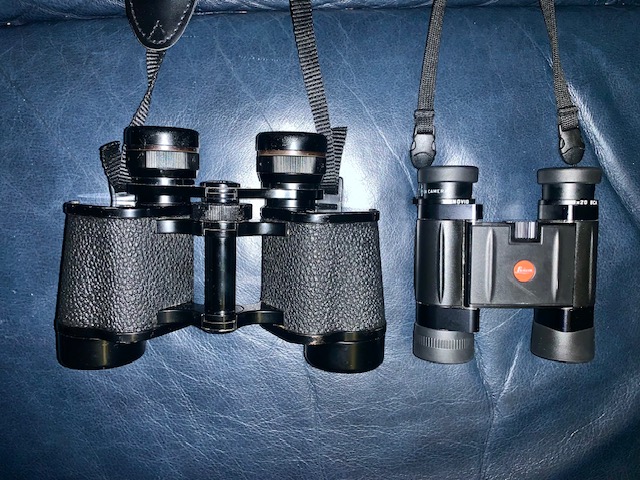
Notes from the Field
This is a charming binocular from yesteryear. Optically and mechanically, I would put the Binuxit well ahead of the Zeiss Jenoptem. The latter has a less well built chassis and is plagued with glare. The sharp, well-corrected optics from this near-on 70 year old glass show that the lenses were beautifully figured and polished into their ultra-precise geometrical shape. If this glass were treated with a modern multi coating it would surely rank among the best compact Porro prism binoculars out there.
Comparing the coatings on the objectives of a state-of-the art Swarovski Habicht 8 x 30W shows just how far optical engineering has advanced in terms of the reduction in light loss.

Close focus was estimated to be about 4m: not great by modern standards but I guess we ought to remember that the requirements for ultra close focus was probably not a high priority for glassers of yesteryear.
I’ve enjoyed glassing the hills round my home, watching Siskins and Goldfinches feasting on ripened thistle flowers in open fields and it’s accompanied me on long walks along the riverbank, watching Kingfishers, Dippers and majestic Grey Herons hunting for fresh fish and crustaceans in the shallow rapids. Its low light transmission works rather like using sunglasses on bright sunny days which can reduce eye fatigue. I can also foresee its use during snowy episodes in winter, when the reflections from fresh snow are attenuated.

I’m not a collector but this is glass that will remain in my stable. Let’s just say I’ve made a good investment in a beautifully fashioned optical instrument from one of Germany’s most prestigious optics houses. Should the Lord tarry, it ought to last well into the 22nd century AD.
Read much more about classic binoculars in my new book, Choosing and Using Binoculars.
